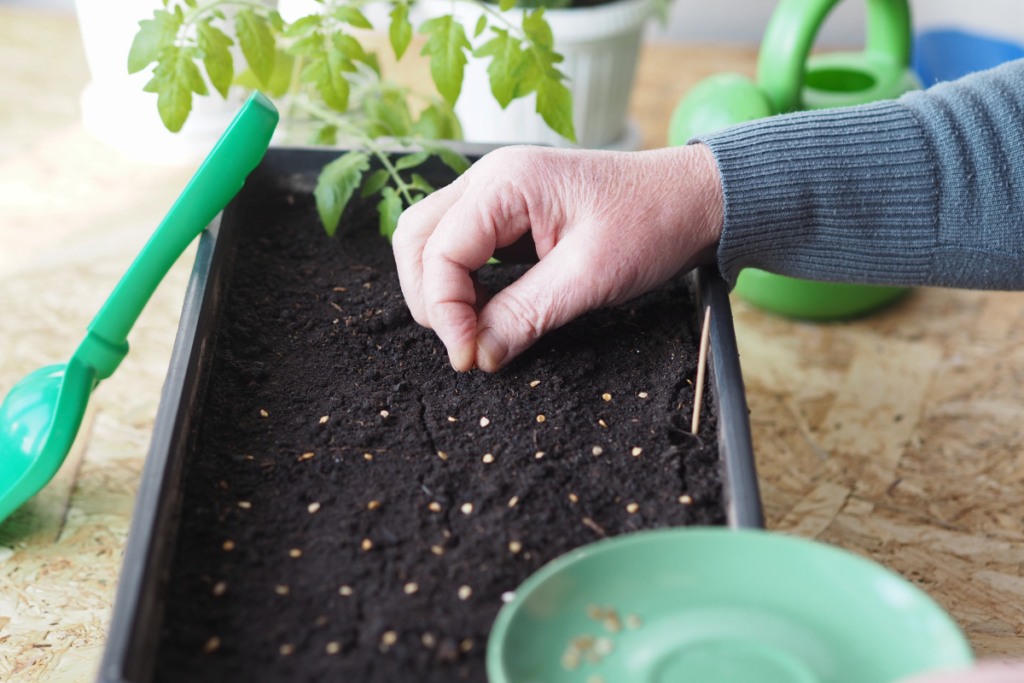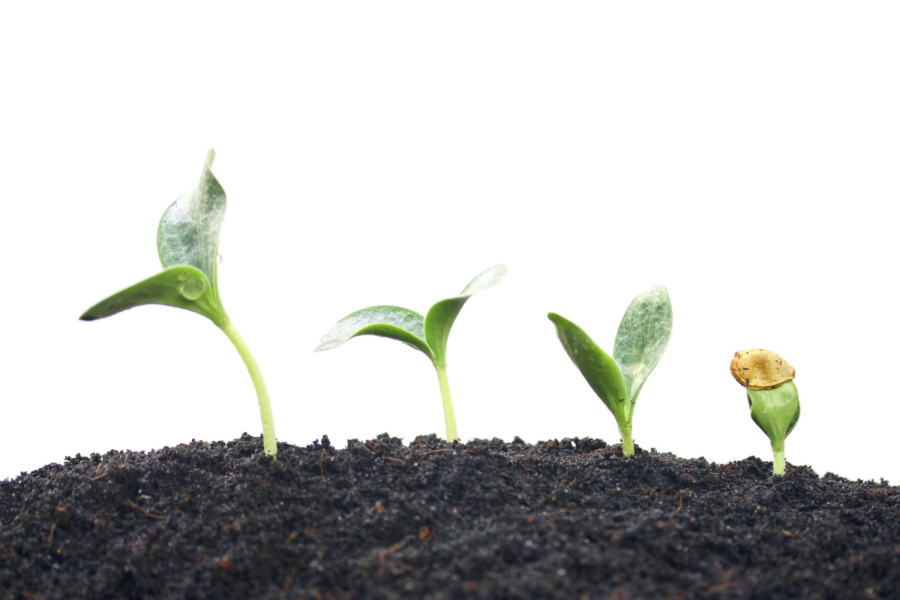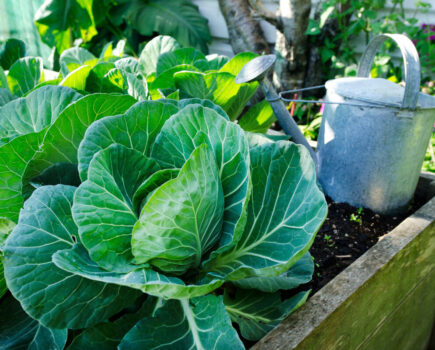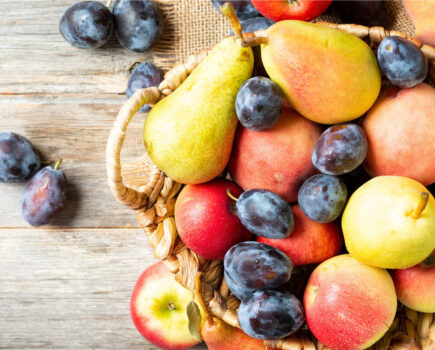Bob explains how to get the best out of your all-important growing medium in 2024
It’s a bit optimistic to be sowing much yet. We still have such short days with the sun low and dim. Without extra growing lights, warmth or cover most of our crops and bedding would struggle started this early. Sure, the seeds may come up but they can become more easily etiolated; going thin, pale and spindly.
Although the earliest sowings might crop the soonest, almost always later sowings catch up and out perform them anyway. Indeed there’s no great urgency to sow much indoors for almost another month so do what feels right for you and your gardening space.
Let’s talk compost instead

Now is a good time however to get your sowing and potting composts ready for action. The clue is in the names. There are many more brands and varieties of potting and multi-purpose composts available to buy, but far fewer for sowing, yet this is the arguably the most important mix. You see when you pot up seedlings and plants they’re already growing away with established root systems so they can cope with different growing medium mixes fairly well. Yet seeds require more exacting conditions for germination and to grow into healthy seedlings. You require better quality compost with excellent
texture and moisture holding abilities to help your plants emerge successfully.
Low fertility levels are also key in your getting-started-compost, as seeds want moisture not feeding. In fact, added fertiliser and too-rich compost will often kill them. If you really cannot find a proper sowing compost then a back-up option is to soak good potting compost with plentiful water and drain, and repeat, and then part dry the leached out compost before using so seed does not rot. This will have reduced the fertility of the loam sufficiently for seed sowing.
How to know which seed compost is the best?
I suggest trying different brands to see which you prefer to work with. You could do a trial by sowing a pot or cell of each in the warm with some of your most important crops or flowers. When the seedlings do, ‘or don’t’ appear obviously get more of whichever compost performed the best. Remember though, this is your sowing compost, that’s what it’s for, and as soon as the seedlings are up they need transferring to a richer, more fertile mix. I likewise suggest you compare several brands, some are sadly not as good as others and the only way to know is to try. Yes, I know you might end up with too many bags but the ones that don’t perform so well are still handy as mulch.

Looking after your compost early in the year
Regardless of the compost type, don’t leave bags out in the cold and wet, bring them inside under cover. Then take the time to sieve and return the contents to their bags. I know this seems a lot of effort but it’s really worthwhile as it re-aerates the compost which is inevitably compacted when bought. Seeds and roots need to breathe, they want aerobic, moist compost not anaerobic. If roots become waterlogged plants can drown. So sieving is to mix air back in, and return compost to a uniform texture. Use a course sieve (not a fine one) so as not to remove too many ‘bits’.
You can find out more about Bob via his website www.bobflowerdew.com and what’s happening in his garden via Twitter (now X) @FlowerdewBob
Find more tips, advice and articles like this at the Amateur Gardening website. Subscribe to Amateur Gardening magazine now.





